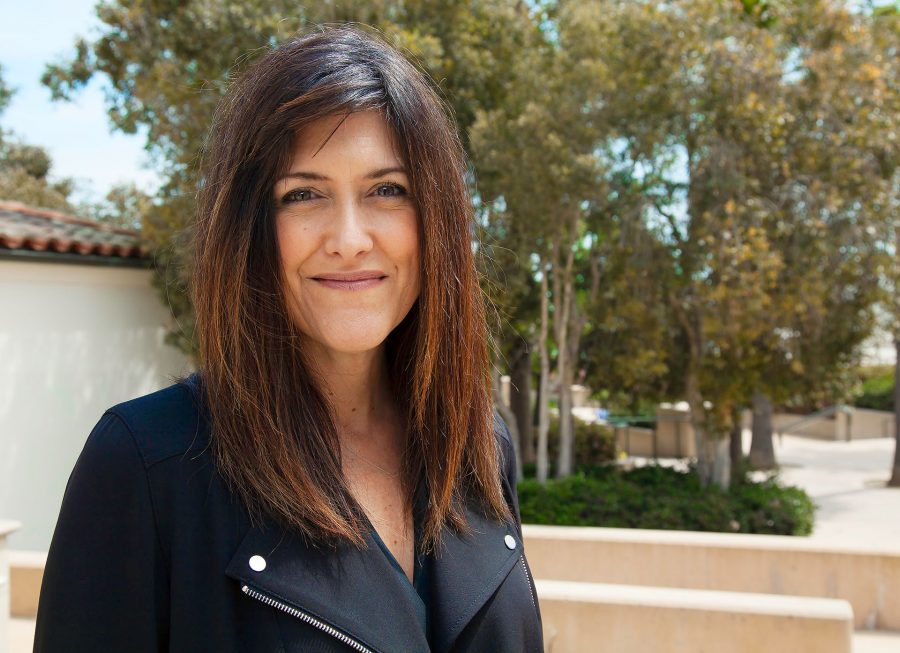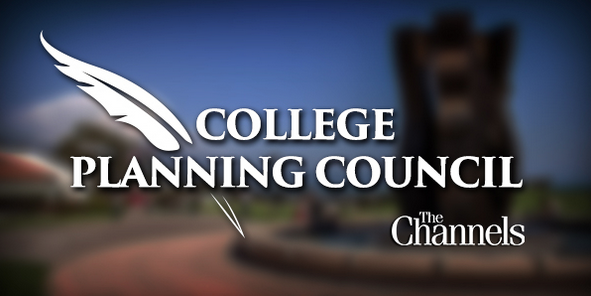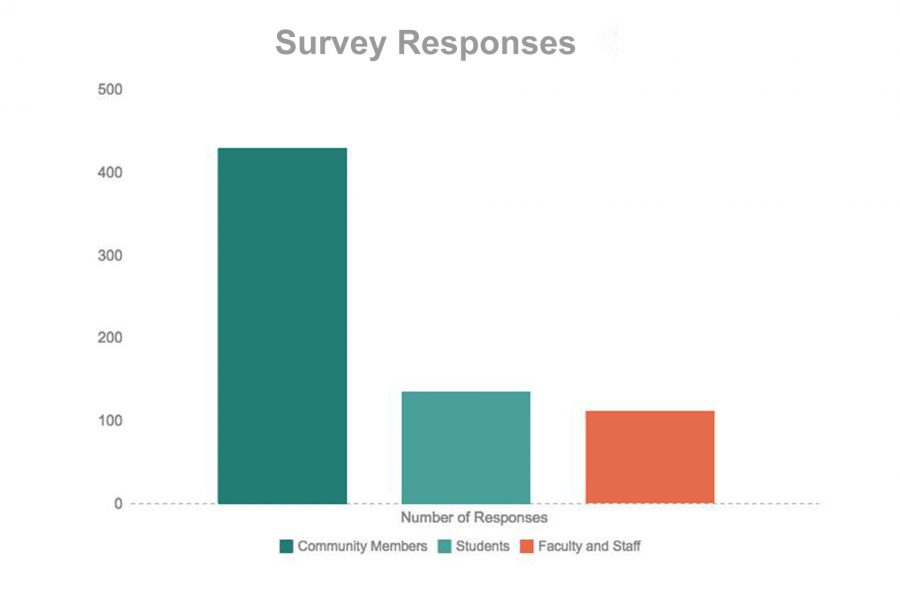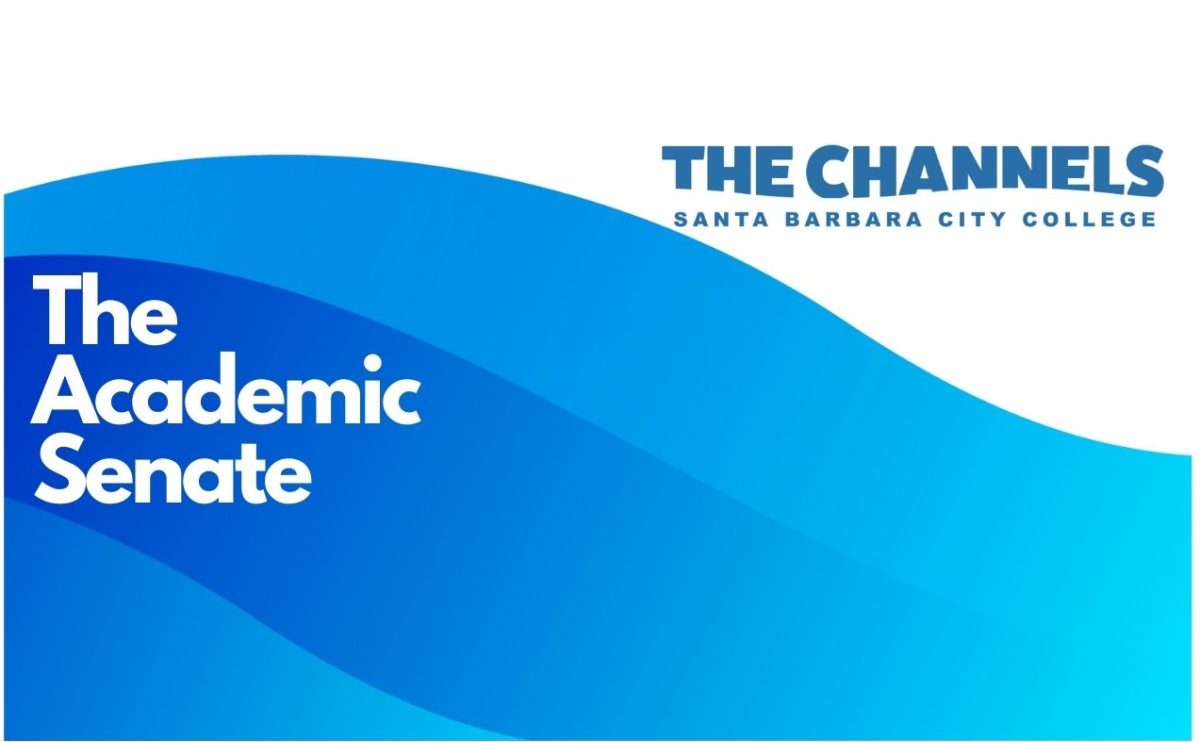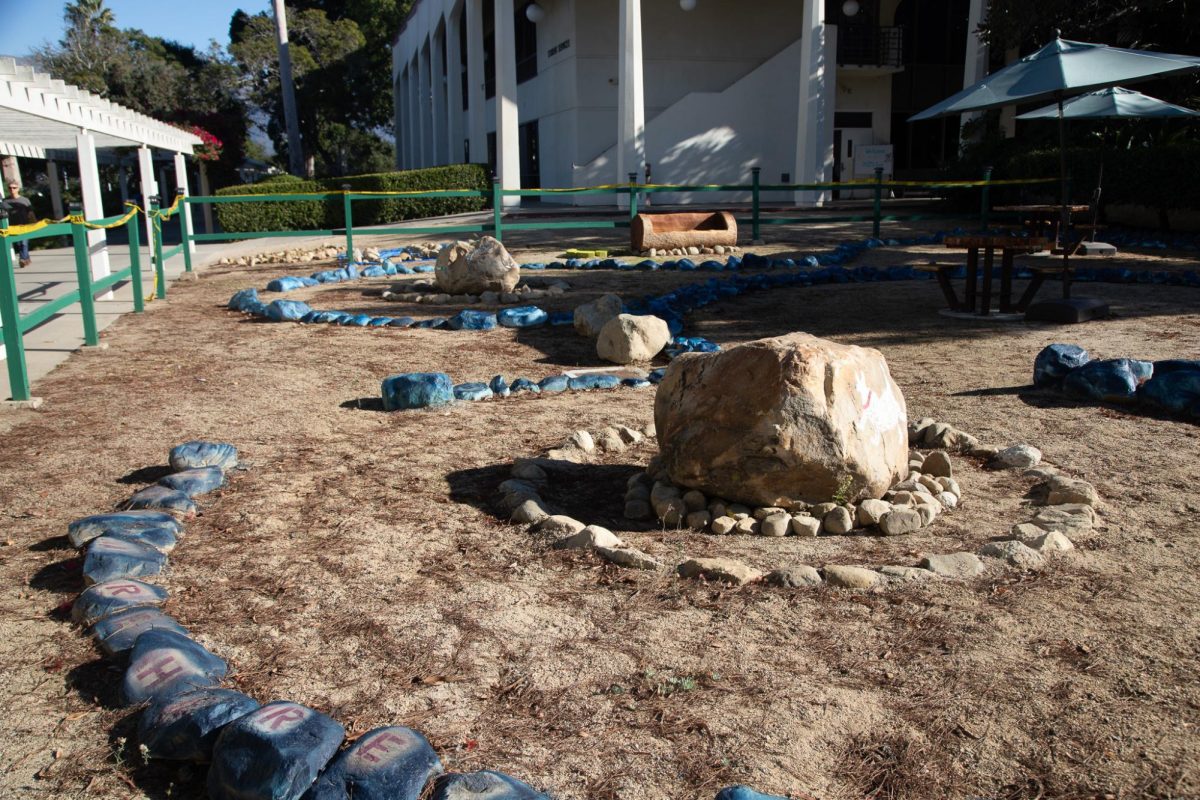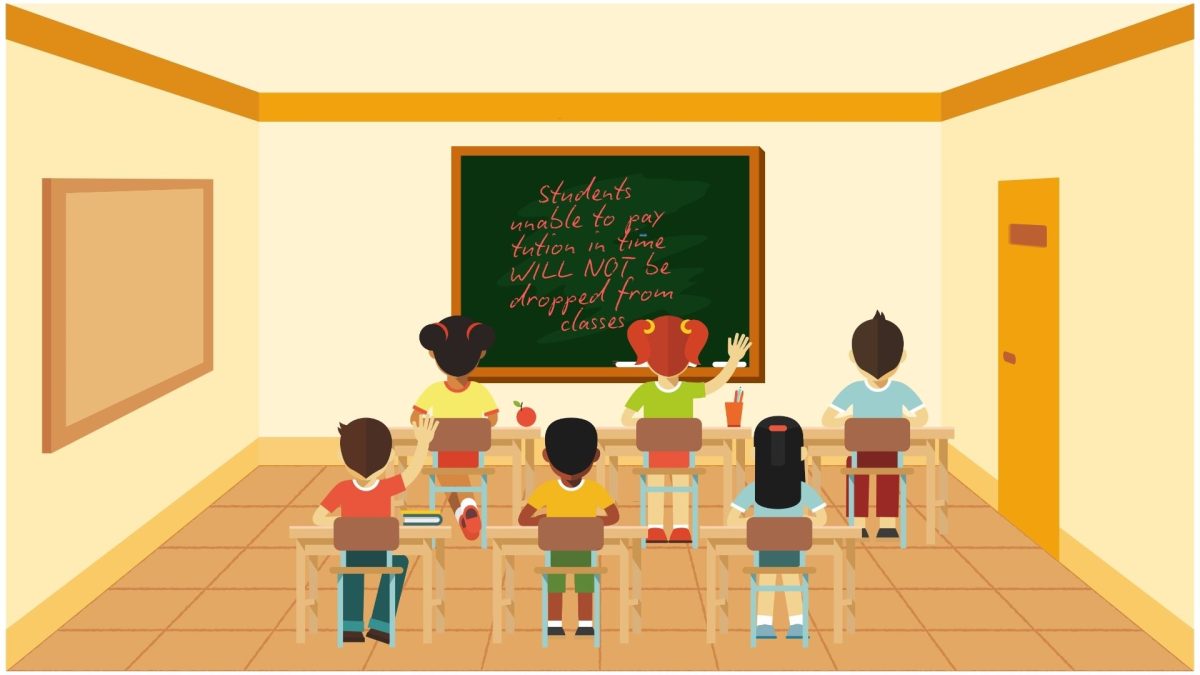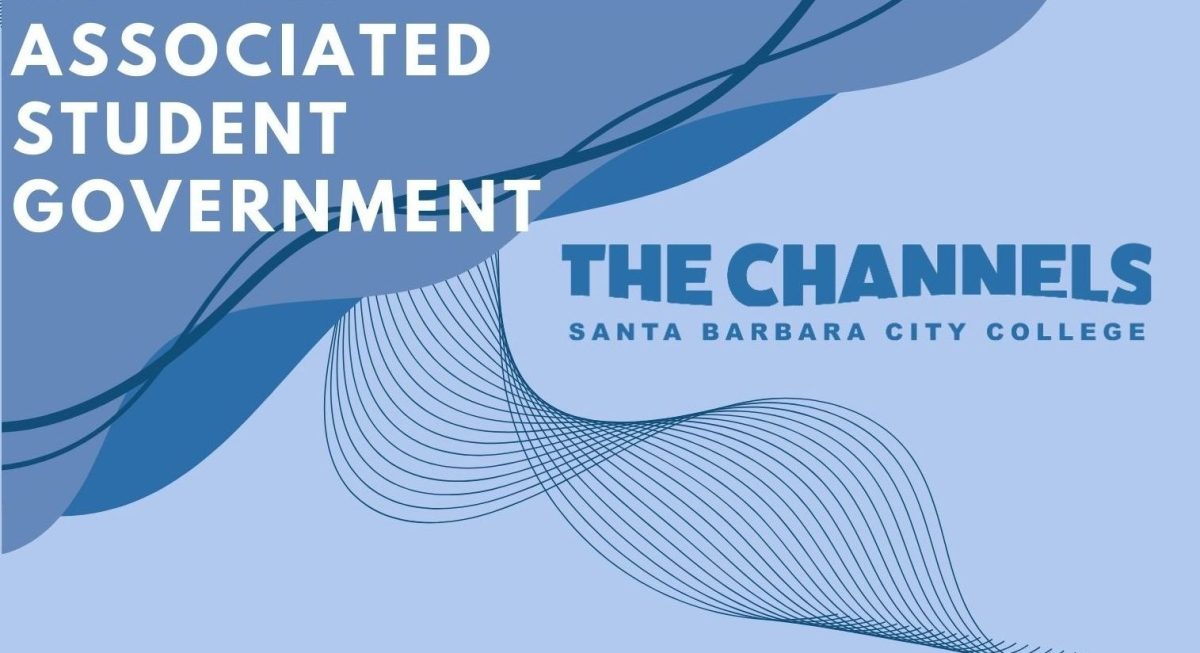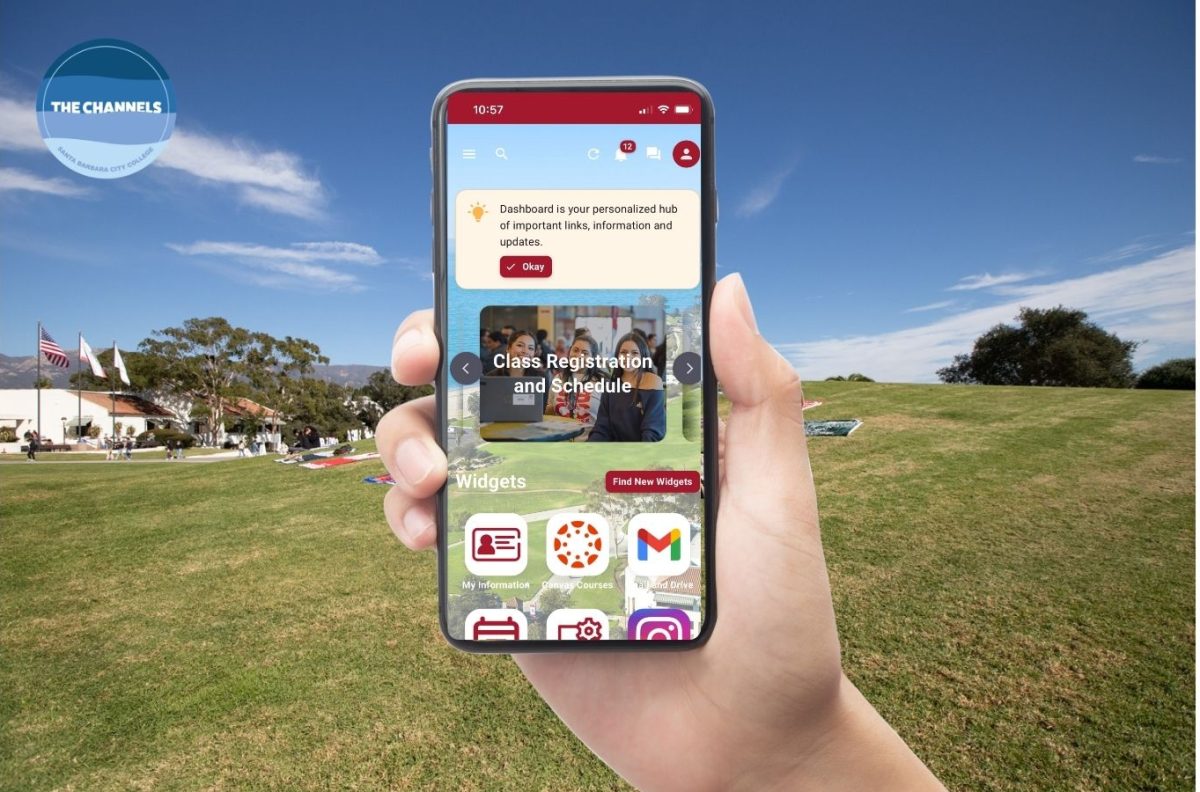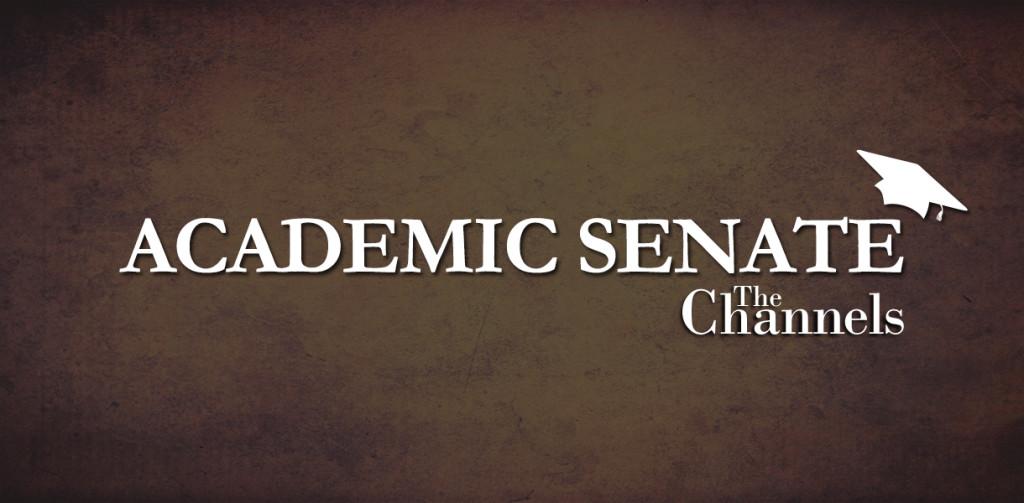Santa Barbara City College is proposing a program that could provide local high school seniors with free tuition and books for their first two years.
“The goal we should shoot for is two years,” said Geoff Green, SBCC Foundation’s chief executive. “If any community in the country can do this, it’s Santa Barbara.”
The proposition, called College Promise, could potentially go into effect sometime this fall, benefitting graduating high school classes from Gaviota down to Carpinteria.
Individuals and foundations will provide private donations for the program, which would not financially impact any existing City College campus activities.
The idea of free community college is not a recent notion. For 75 years, California offered free tuition for all community colleges.
Currently, there are only three colleges in California that do so. These are CSU Long Beach for one semester, Ventura College for two and Cuesta College for two. City College would be the first to offer two full years of books and tuition free, if the proposal passes.
Ventura College was the first to test providing free tuition, beginning nine years ago. The school has now become a reliable system, which covers their students’ tuition for two semesters. Green believes our community can build on their model.
The foundation is still debating which students will meet the graduation requirements. They will consider the various circumstances such as age, students with General Education Degree certificates and secondary school graduates.
“We’re looking for a way that’s as open, inclusive and accessible as possible [to everyone],” said Green. With the proposition still in its blueprint stage, it’s not clear yet how the program will work for the students who fall into those categories.
Just under half of City College students come from the local area. Though some think this proposition may cause a divide among the students, Student Senate President Isaac Eaves doesn’t believe it will.
Eaves believes the proposition will be good for the community, as it will bring in more local dollars and local students, while also creating a tighter-knit community.
“The more locals the better,” Eaves said.
He also doesn’t think there will be any added stigma towards non-local students. In fact, he believes that more local enrollment would forge a better sense of community among students living on the Mesa.


